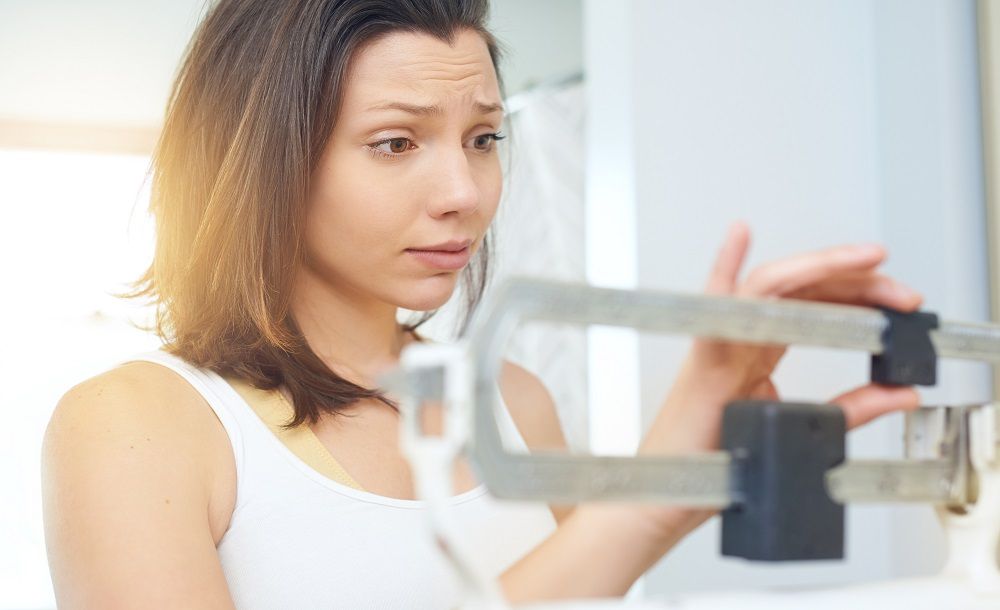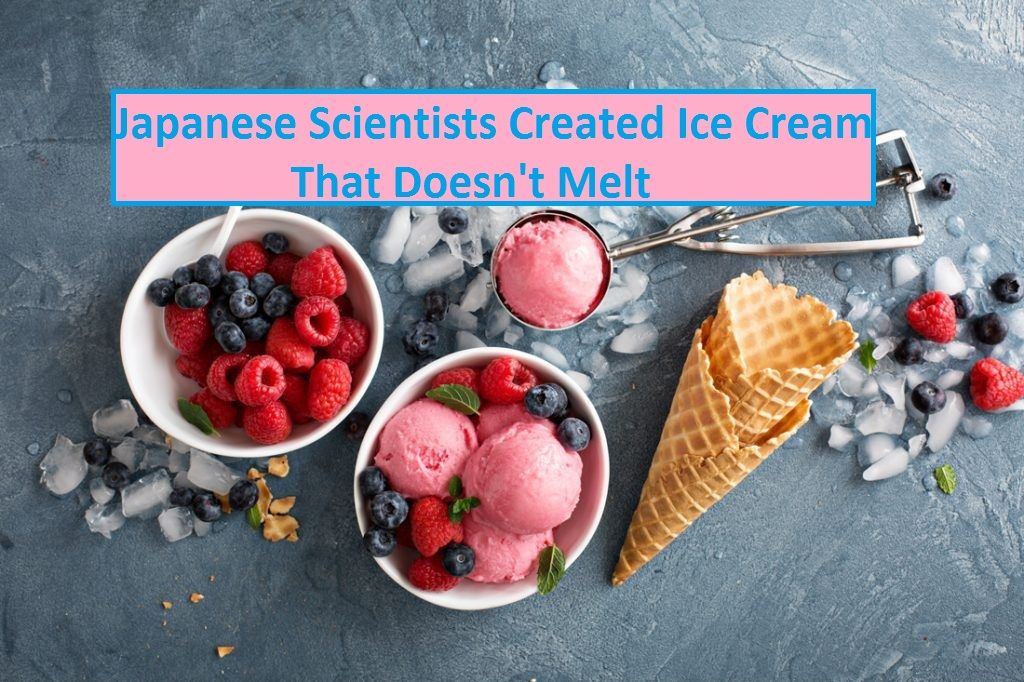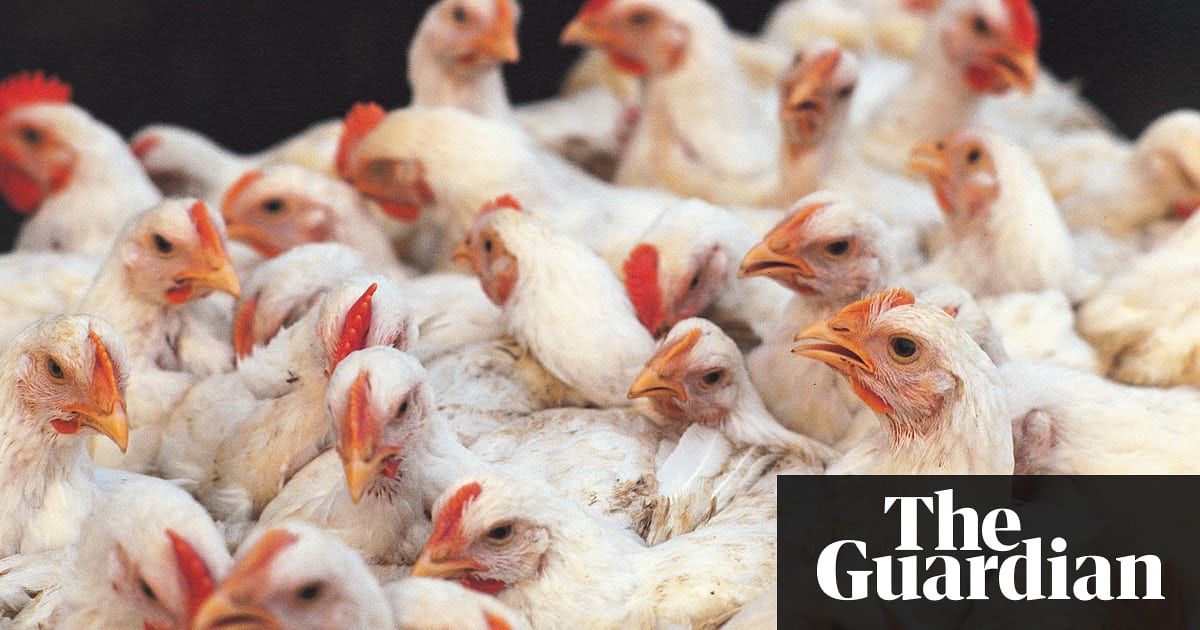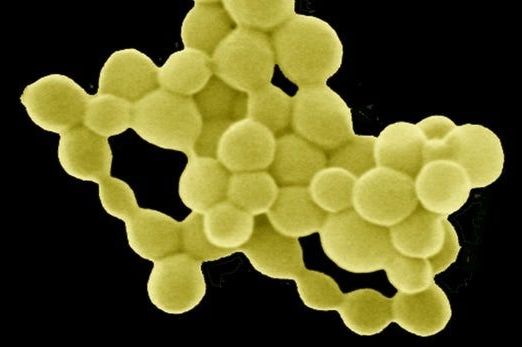Summary: A research team at UCSD discovered a key enzyme that plays a role in burning calories during both obesity and dieting and sabotages weight loss. Moreover, these scientists may have just found an existing drug that counteracts this enzyme. [This article first appeared on the website LongevityFacts.com. Author: Brady Hartman. ]
Ever wonder why dieting often leads to a plateau in weight loss? It happens because the body is trying to maintain a steady weight by regulating the expenditure of energy. How this happens has remained a mystery until now.
In a paper published on February 8 in the journal Cell, a team of researchers at the University of California San Diego (UCSD) School of Medicine led by Alan Saltiel, Ph.D. has identified a key enzyme that sabotages weight loss efforts during dieting. Dr. Saltiel is the director of UCSD’s Institute for Diabetes and Metabolic Health, and says.






